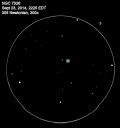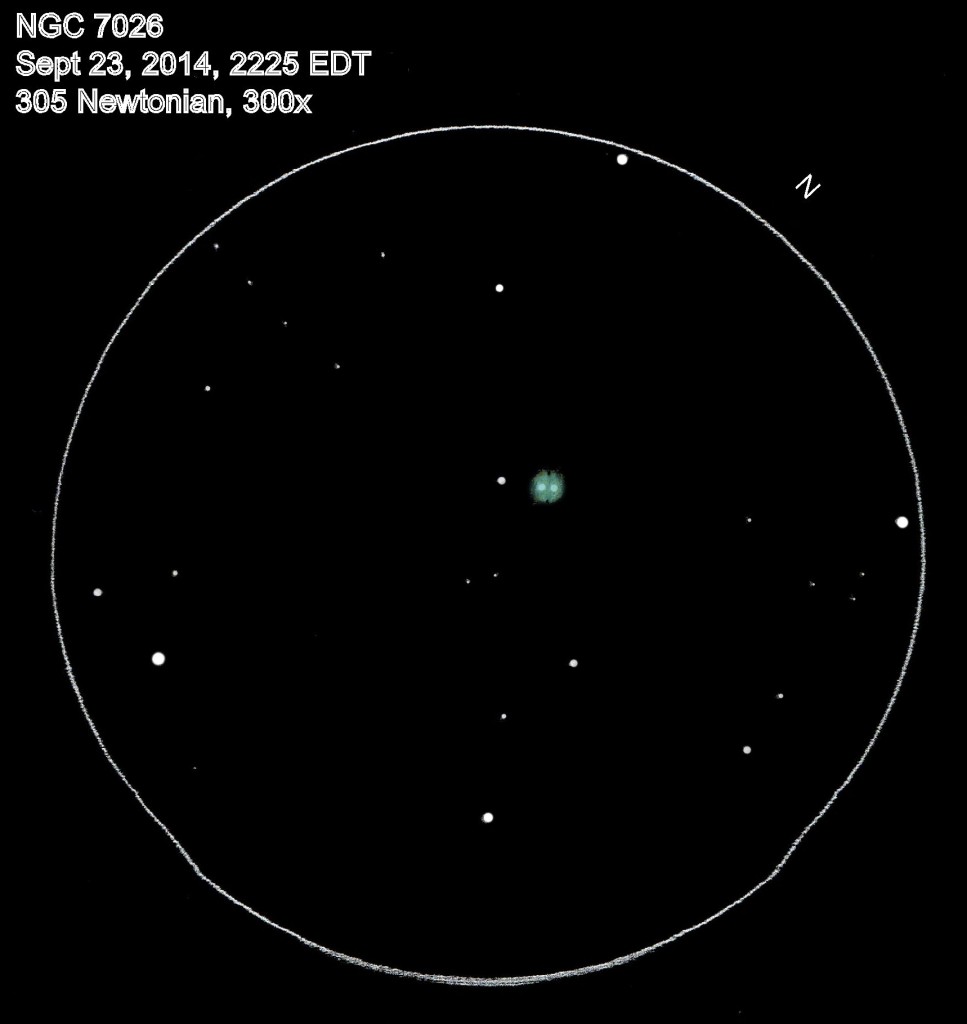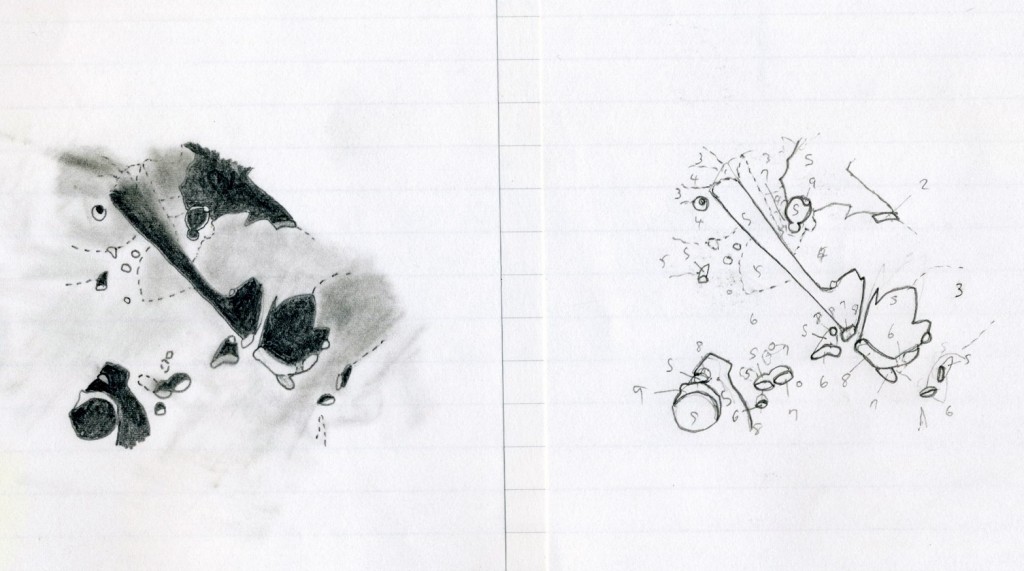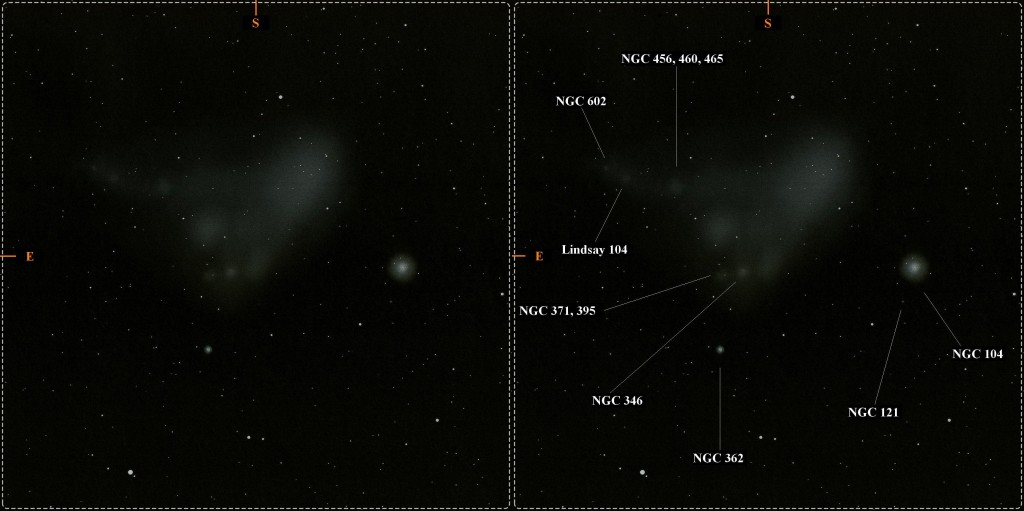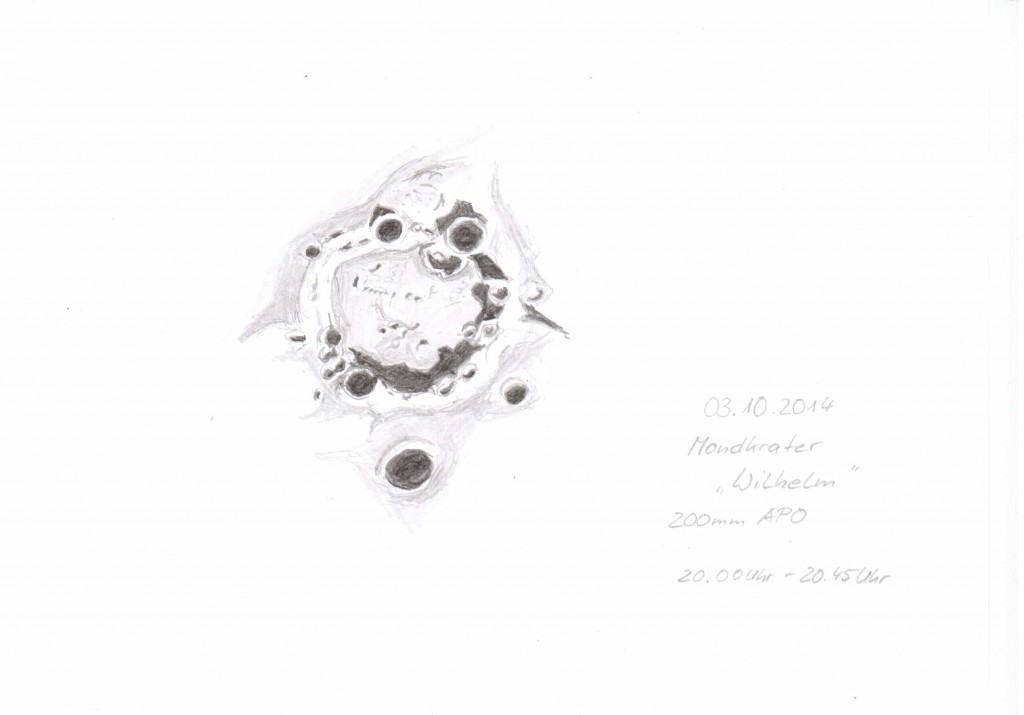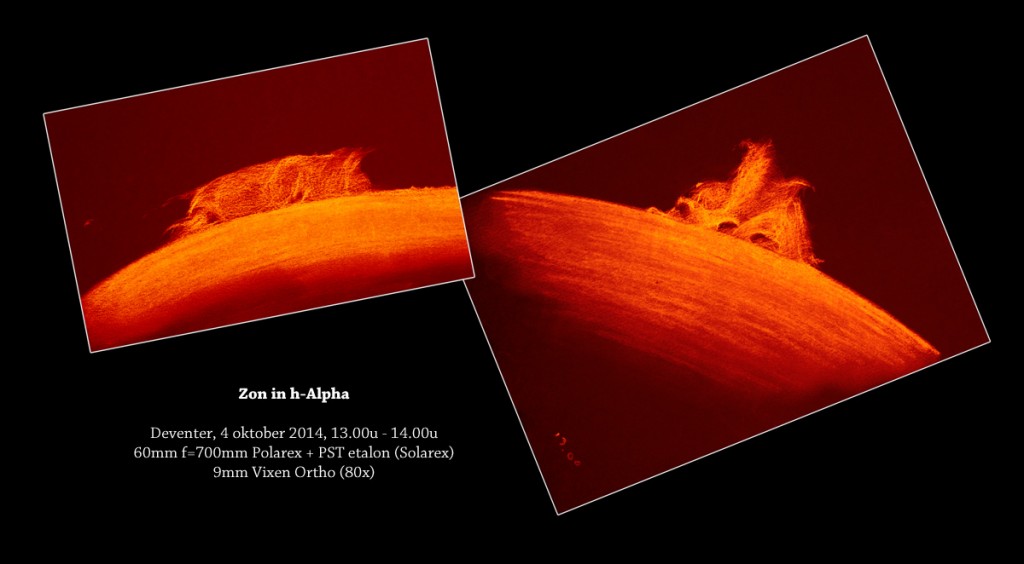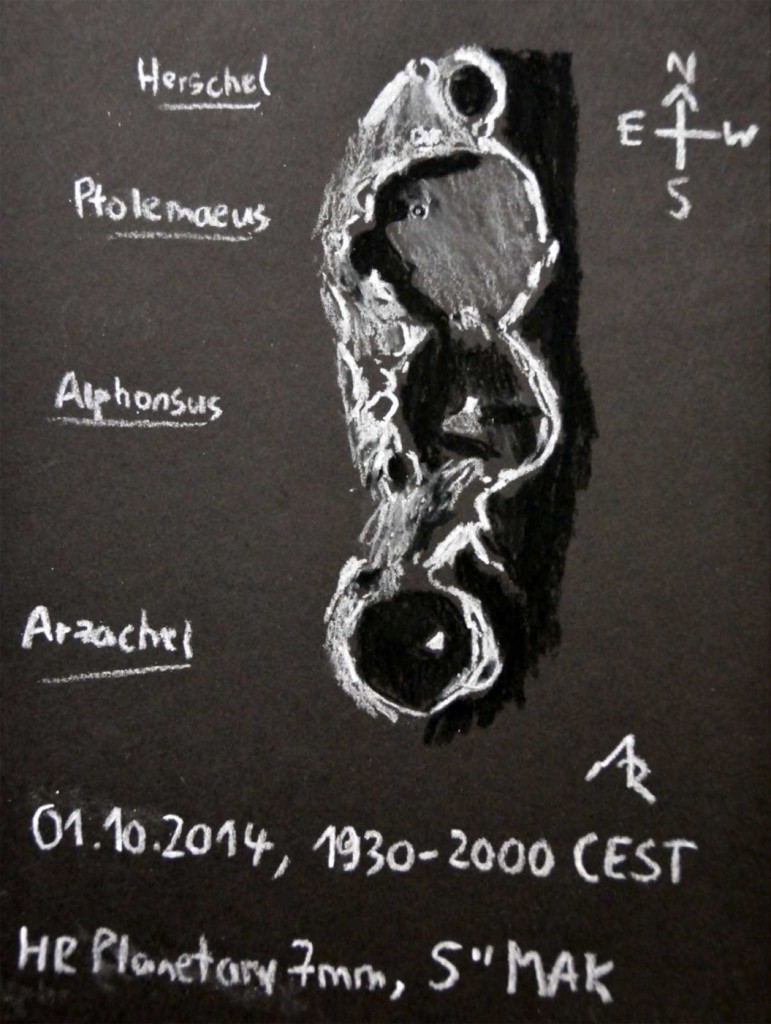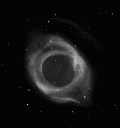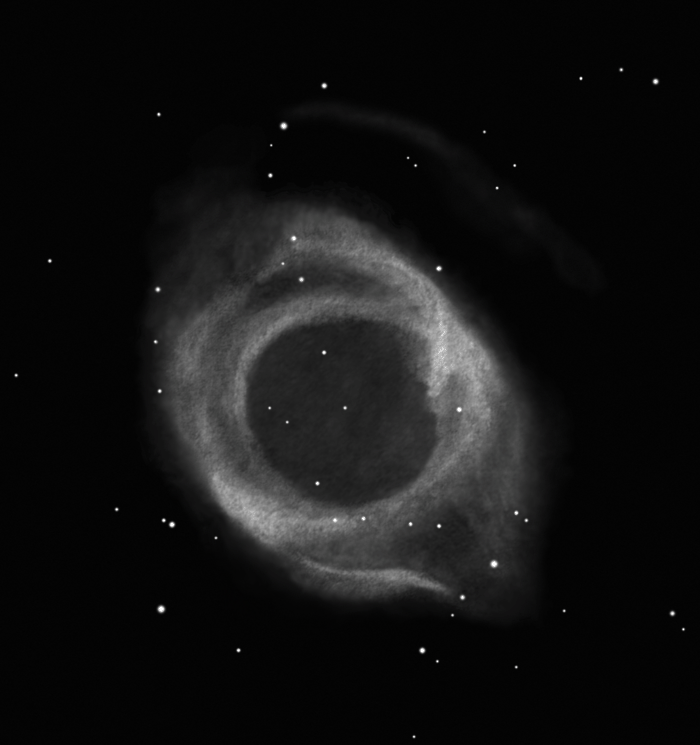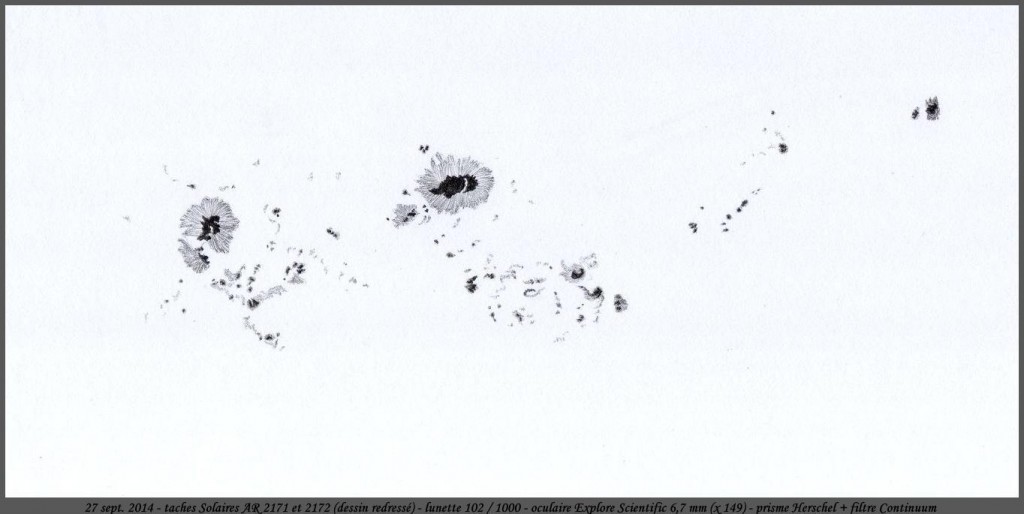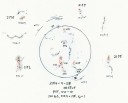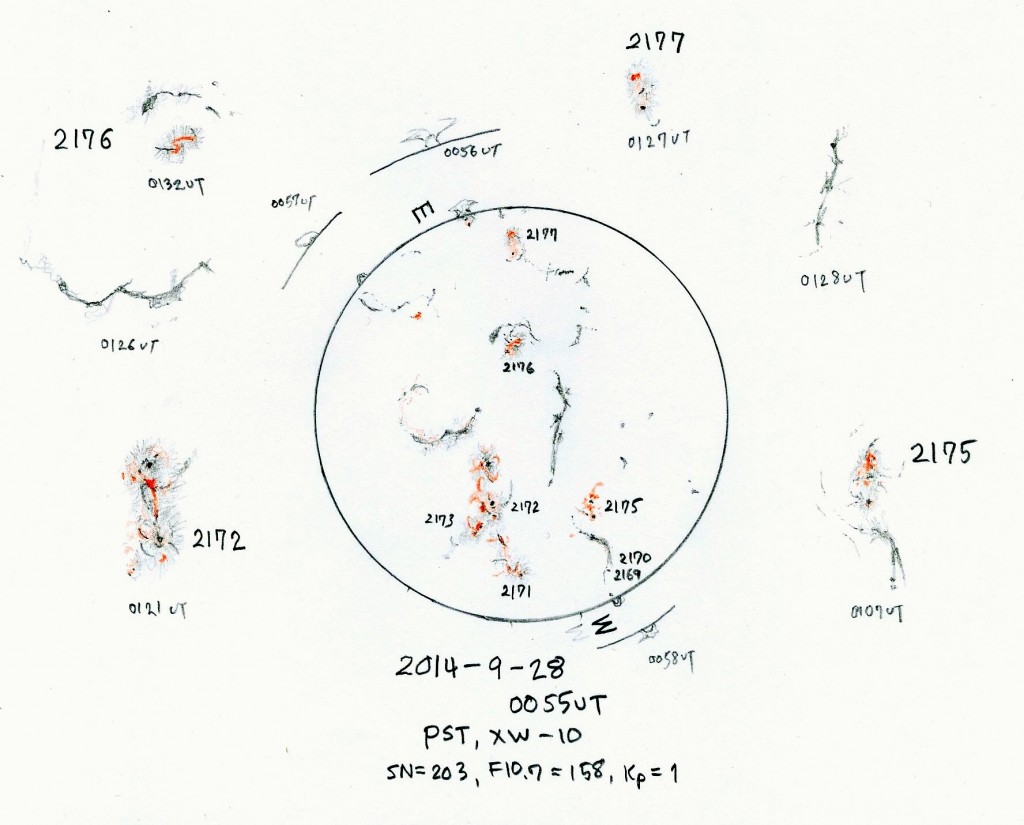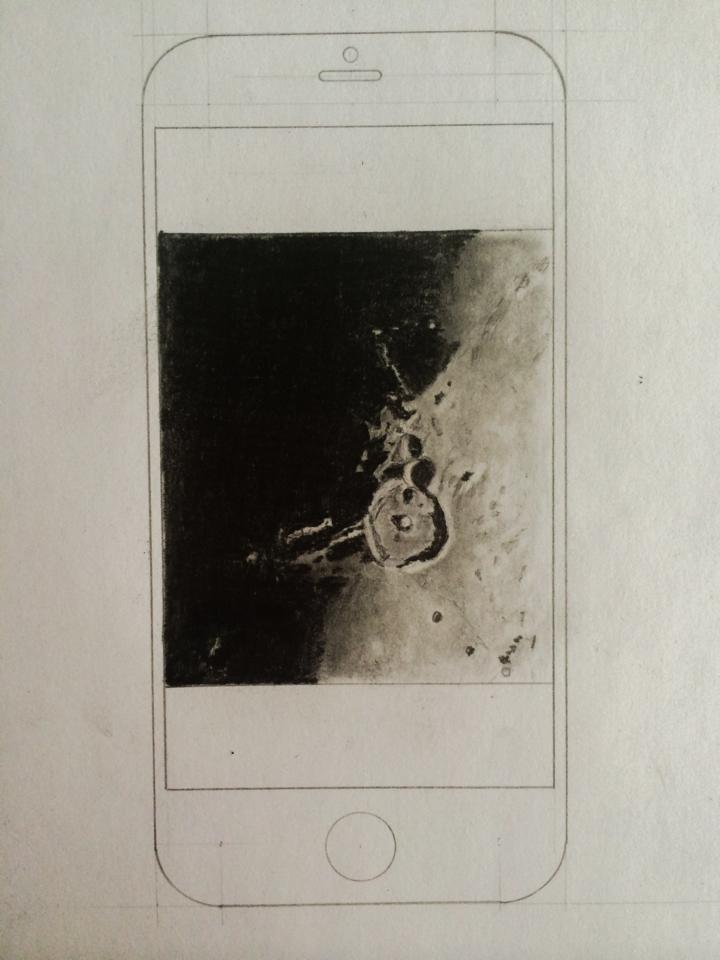
Object Name: Gassendi
Object Type: Lunar Crater
Location: Dunboyne Ireland
Date: 4th October 2014
Media: Graphite pencil H2, H3 & B6 with standard white stock and technical drawing equipment.
This is actually sketched as observed through the eyepiece with a 15mm on a 9.25 SCT rather than from the phone screen. The seeing was fair but a weather front was fast approaching and just managed to observe long enough to capture this detail. At the same time I took some snapshots through the eyepiece with my smartphone for a smartphone astronomy site – so got to do both before the clouds rolled in. Adding the phone to the sketch allows me to add a technical drawing into the mix which I not (only) enjoy but also allows me to capture the evenings activities and optical equipment used during the session.
Many Thanks
Kevin

